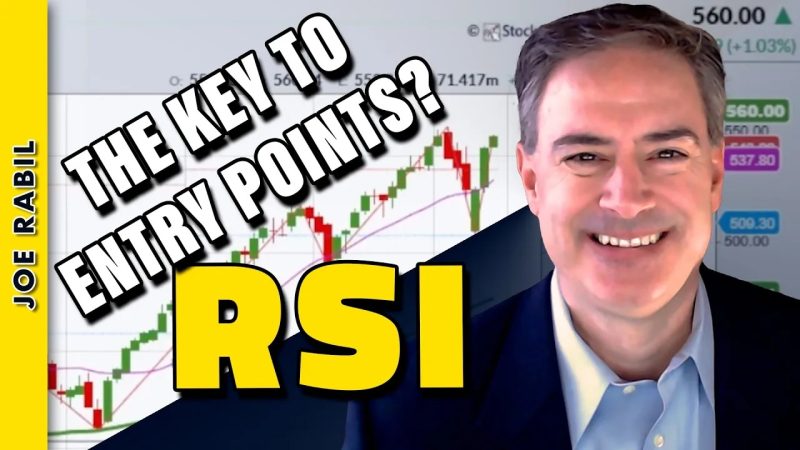The Relative Strength Index (RSI) has been a popular tool among traders and investors for identifying potential entry points in the market. By analyzing the RSI indicator, traders can gain insights into the momentum and strength of a particular asset, which can help them make more informed trading decisions.
When using the RSI indicator to find the next entry point in SPY (SPDR S&P 500 ETF Trust), there are several key considerations to keep in mind. Firstly, it’s important to understand the basic principle behind the RSI – that it oscillates between 0 and 100, with readings above 70 indicating an overbought condition and readings below 30 indicating an oversold condition.
In the context of SPY, traders can look for potential entry points based on the RSI readings. For example, a reading above 70 may suggest that the asset is overbought and could be due for a pullback. In this case, traders may consider waiting for the RSI to drop below 70 before entering a short position.
Conversely, a reading below 30 may indicate that the asset is oversold and could be ripe for a bounce. In such a scenario, traders may look for signs of bullish reversal patterns in conjunction with the RSI reading to confirm their entry point.
It’s worth noting that the RSI indicator should not be used in isolation but rather in conjunction with other technical analysis tools to confirm signals and filter out false positives. For instance, traders may consider using moving averages, trendlines, or chart patterns to validate their entry points based on RSI readings.
Furthermore, traders should also be mindful of market conditions, news events, and macroeconomic factors that could impact the price action of SPY. These external variables can influence the effectiveness of the RSI indicator and should be taken into account when determining entry points.
In conclusion, the RSI indicator can be a valuable tool for traders looking to identify potential entry points in SPY. By understanding how to interpret RSI readings and integrating them with other technical analysis tools, traders can enhance their trading strategies and make more informed decisions in the market.




























